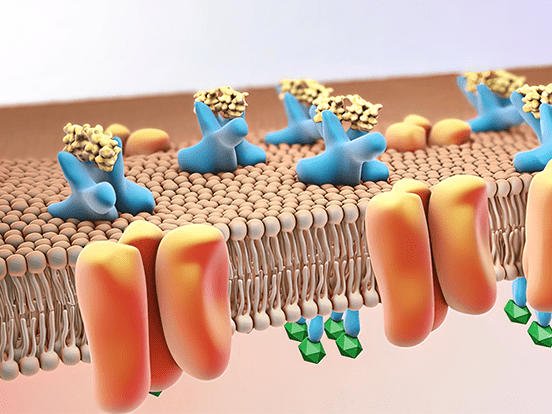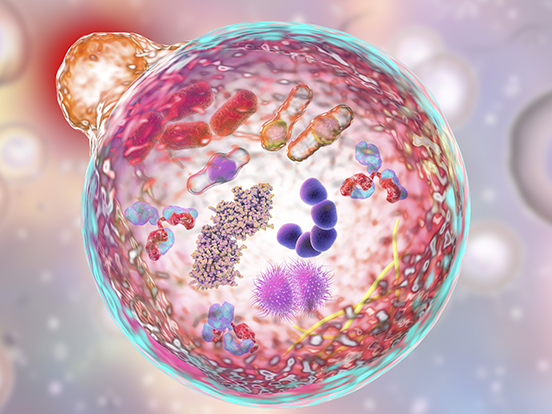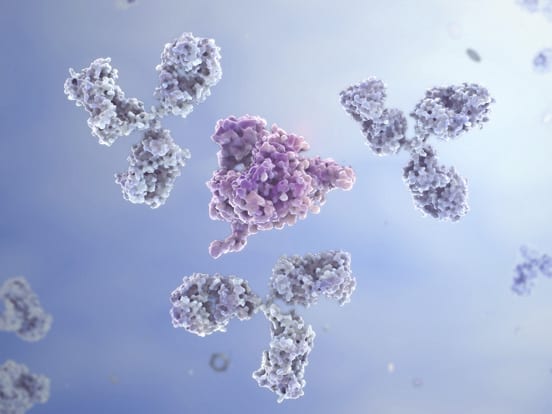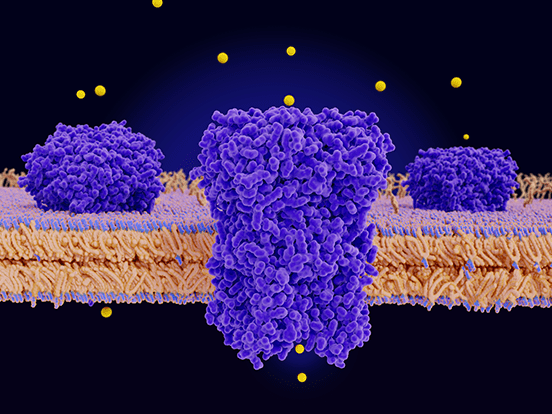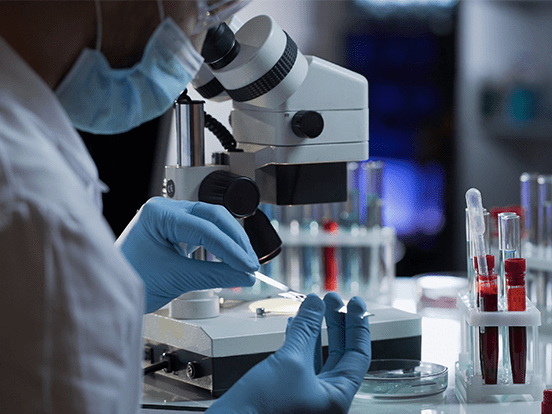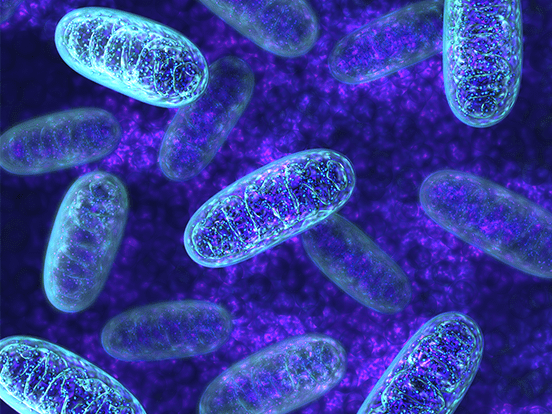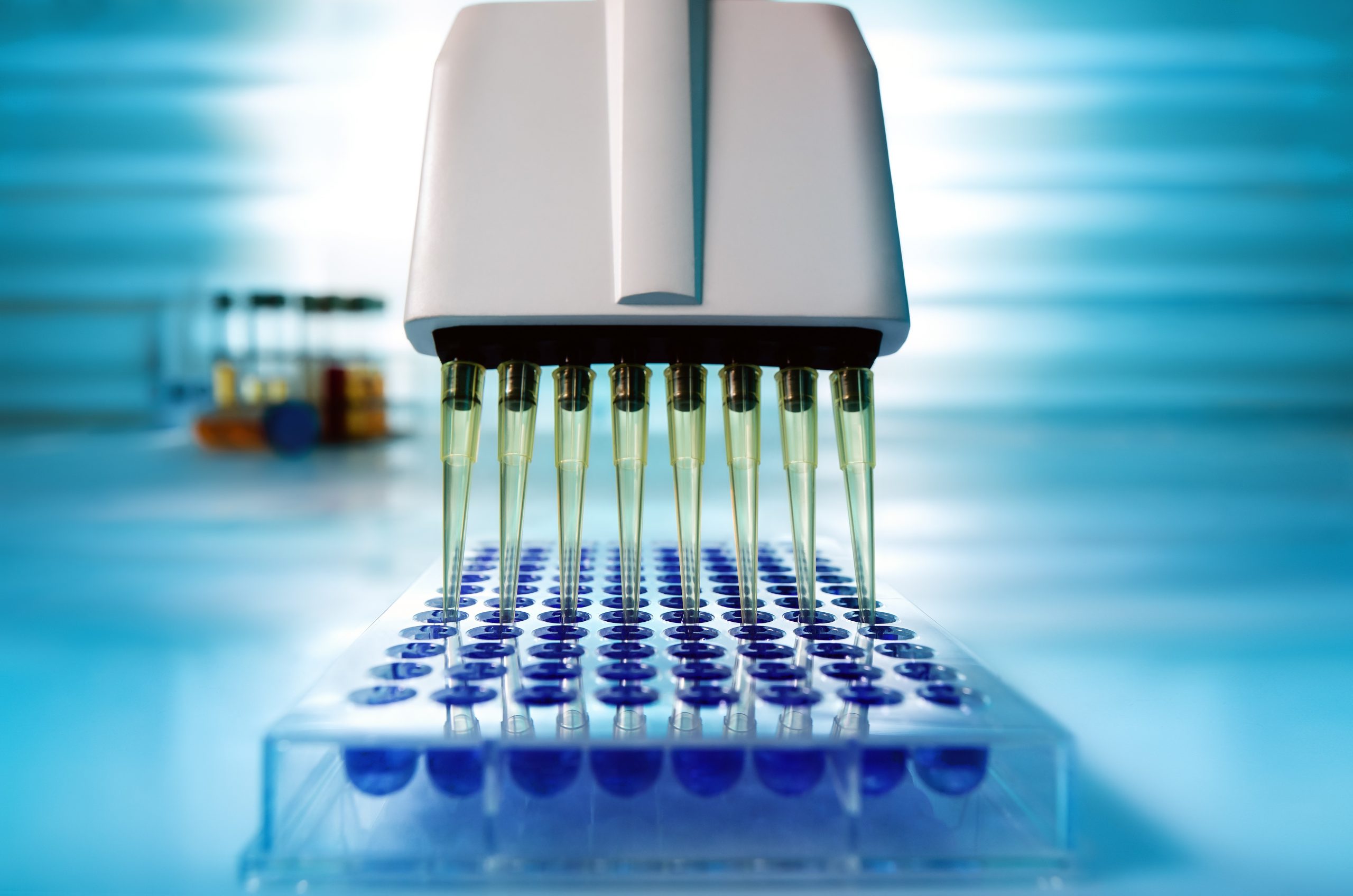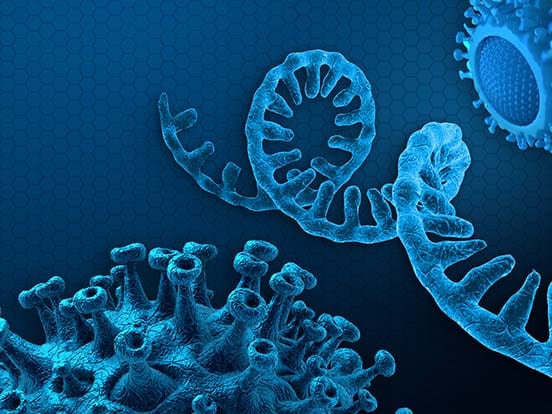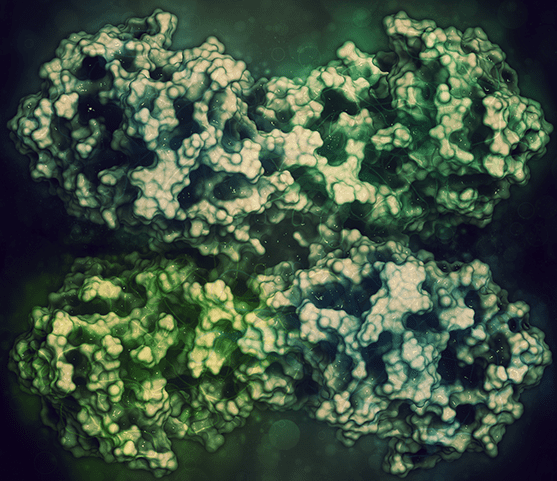
Pentose phosphate pathways
Pentose phosphate pathway (also called the phosphogluconate pathway and the hexose monophosphate shunt and the HMP Shunt) is an alternative metabolic pathway to glycolysis using molecules mostly made of carbon to produce the sugars that make up DNA and RNA. Indeed, it is capable of using any available molecules of glucose-6-phosphate (from glycolysis or other methods) which first enter the oxidative phase to generate two NADPH, 1 Co2 and ribulose-5-phosphate. The later will enter the non-oxidative phase to participate to the synthesis of nucleotides.
Metabolism of glucose through the pentose phosphate pathway (PPP) influences the development of diverse pathologies such as Haemolytic anaemia, male infertility, steatohepatitis, cancer, Hepatocarcinogenesis etc.
AMSBIO is offering an extensive range of products involved in this metabolic pathway as follows:
This is the first step of cellular respiration. AMSBIO is offering an extensive range of products involved in this metabolic pathway as follows :

Glycogenesis
The body does not directly use exogenous glucose from a carbohydrate-containing meal or other sources. Instead, the body is adding glucose molecules to chains of glycogen for storage mainly in liver and muscle cells through the process of glycogenesis or glycogen synthesis. This happens in response to high glucose level in the bloodstream.
When the body is missing an enzyme or has a flawed enzyme and is not able to store or break down the complex sugar glycogen properly, it leads to a condition called glycogen storage disease (GSD). This condition affects the liver, muscles and other areas of the body (kidney, intestine, blood cells...) leading to Lewis’ disease, Hers’ disease and so on.

AMSBIO is offering an extensive range of products involved in this metabolic pathway:
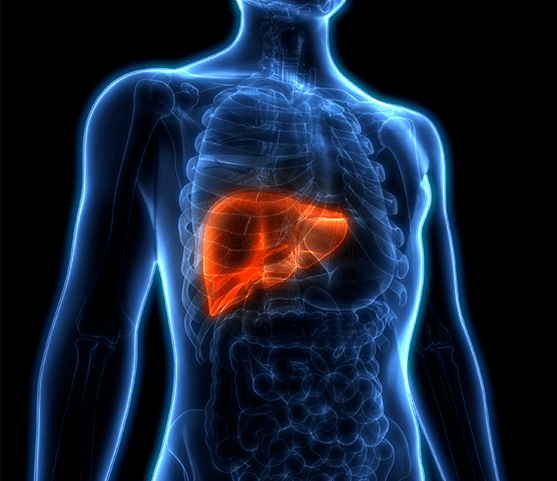
Glycogenolysis
When the body requires metabolic energy, it will break glycogen (generated through Glycogenesis and stored in liver and muscle cells) into glucose subunits through the process of glycogenolysis. It takes place in the skeletal muscles as well as in the liver. However, the complete breakdown of glycogen to glucose molecules takes place only in the liver so that it can be used by other cells of the body. Thus, glycogenesis is the opposite process of glycogenolysis. Glycogen acts as a source of glucose providing it when the body needs it.
There are rare Skeletal muscle disorders caused by a deficiency of enzyme from glycogenolysis leading to most of the conditions collectively termed glycogen storage diseases (GSDs) among with we can find the most common under the name of McArdle disease (GSD V) cause by the mutations in the gene encoding muscle glycogen phosphorylase.

AMSBIO is offering an extensive range of products involved in this metabolic pathway:

Gluconeogenesis
During a period of famine or starvation blood sugar levels become low. Our body don’t have an excess of carbohydrates from food that it can transform into glucose, so it uses non-carbohydrate precursorsfor the process of gluconeogenesis such as amino acids, lactate, pyruvate and glycerol instead. This process is vital for survival because glucose, the primary substrate for several tissues, especially for the brain, is only available during feeding, and liver glycogen stores can only provide glucose for a few hours.
Indeed, the gluconeogenesis (also called Glucogenesis or endogenous glucose production), is a formation of new glucose molecules mainly in the liver and in small amounts in the kidney and small intestine. It performs the opposite operation to the glycolysis. The newly generated glucose is then released into the bloodstream to travel to cells of other parts of the body so that it may be used for energy. Defects of some enzymes can cause diseases such as hypoglycemia or neurodegenerative disorder.

AMSBIO is offering an extensive range of products involved in this metabolic pathway:
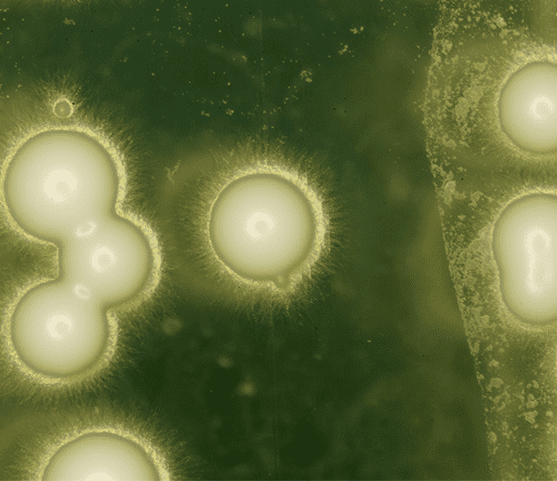
Fermentation
At the end of glycolysis, there is a NET gain of two molecules of pyruvate, two molecules of ATP, and 2 molecules of NADH. If oxygen is not available, anaerobic respiration occurs, producing lactic acid. Indeed, fermentation is another anaerobic pathway for breaking down glucose. There are three types of fermentation based on the end products obtained from pyruvate.
- Lactic acid fermentation: It happens also during strenuous activity where oxygen supply to the muscles is reduced. Pyruvic acid uses NADH to generate lactic acid by yeast strains and bacteria without heat preparation. An accumulation of the Lactic acid in the muscles, causes muscle cramps.
- Alcoholic fermentation: In this fermentation, pyruvate molecules (glycolysis output of glucose metabolism) are broken by yeast into alcohol and carbon dioxide. This fermentation produces beer and wine.
- Acetic acid fermentation: In this fermentation, grains and fruit starch and sugars fermented acetic acid and vinegar. This fermentation produces apple cider vinegar, and wine vinegar, etc.
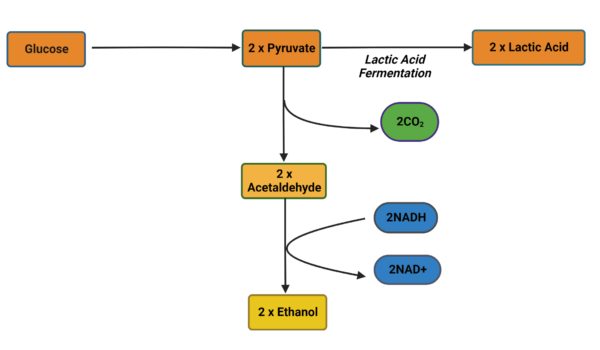
When your body turns sugary and starchy foods (carbohydrates) into alcohol. This creates a rare condition which makes you looks intoxicated and drunk, without drinking alcohol. It is called Auto brewery syndrome (also known as gut fermentation syndrome and endogenous ethanol fermentation). It’s sometimes called “drunkenness disease.”
AMSBIO is offering an extensive range of products involved in this metabolic pathway:
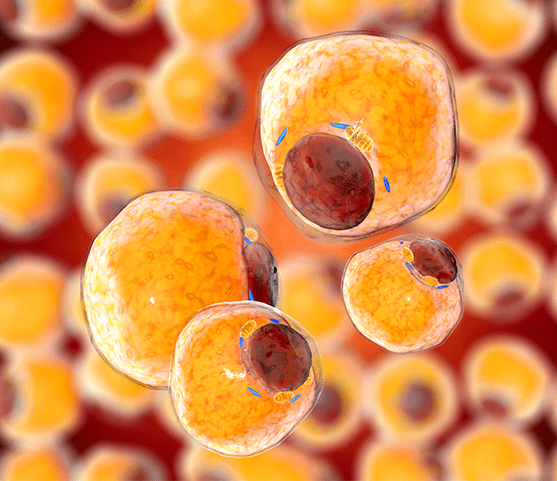
Lipid Metabolism
Food is made up of proteins, carbohydrates, and fats. Fats (or triglycerides) are ingested in the intestine as food or synthesized by adipocytes or hepatocytes from carbohydrate precursors. They are broken into smaller chain fatty acids. The later is also breaks into monoglyceride molecules by pancreatic lipases, enzymes that break down fats after they are emulsified by bile salts. This process is part of the lipid metabolism which starts from the intestine.
Indeed, complex lipids can be metabolized and hydrolysed by lipase for use by microbes to generate fatty acids and large amount of ATP, which can be used as a primary energy source. In addition to that, lipids are also playing a role as the primary component of cell membranes. To build more structurally complex lipids (such as phospholipids, glycolipids, sphingolipids, cholesterol, prostaglandins, etc.), our body use fatty acids which are fundamental biological molecules. Their degradation ultimately yields acetyl-CoA, a metabolite which brings carbon atoms to the used in Krebs cycle. Lipid metabolism entails the oxidation of fatty acids to either generate energy or synthesize new lipids from smaller constituent molecules.
If you don’t have enough enzymes to break down lipids or the enzymes may not work properly and your body can't convert the fats into energy, you may have a lipid metabolism disorders, such as Gaucher disease and Tay-Sachs disease. These disorders are inherited. You can find also lipoprotein disorders (atherosclerosis, Familial hypercholesterolemia, familial dysbetalipoproteinemia) or a Fatty acid oxidation disorders [sudden infant death syndrome (SIDS)]
AMSBIO is offering an extensive range of products involved in this metabolic pathway:
